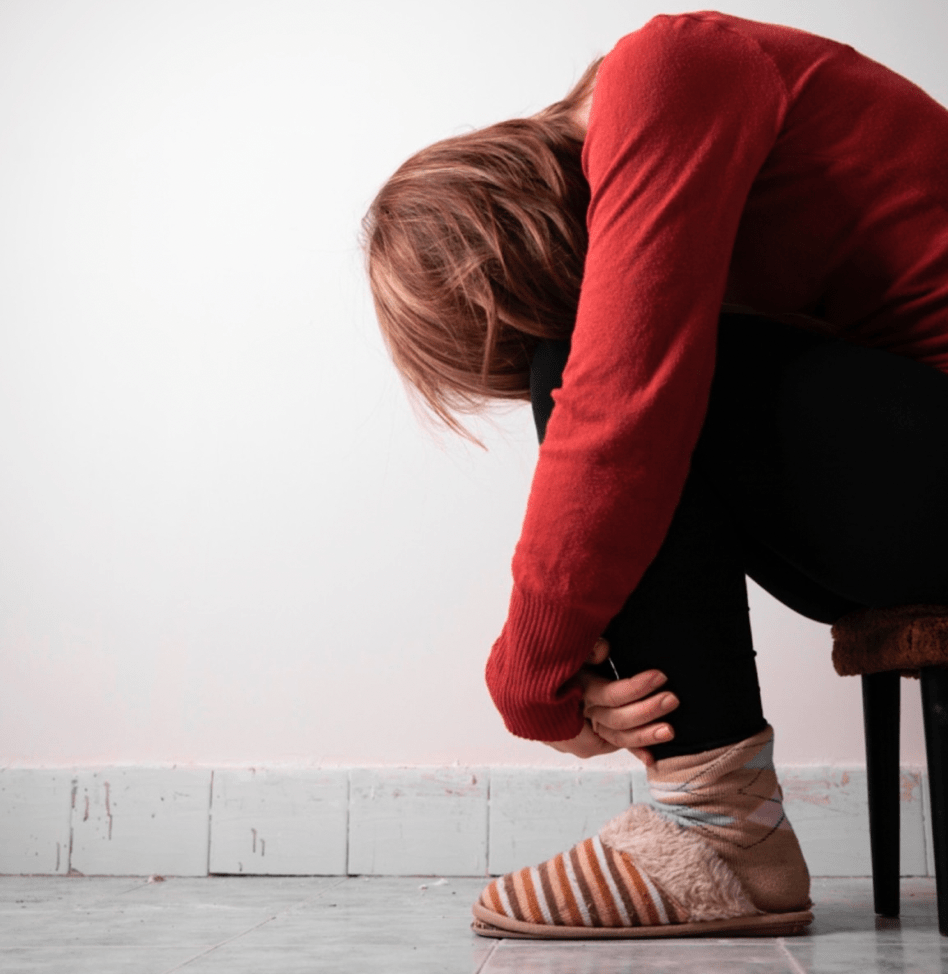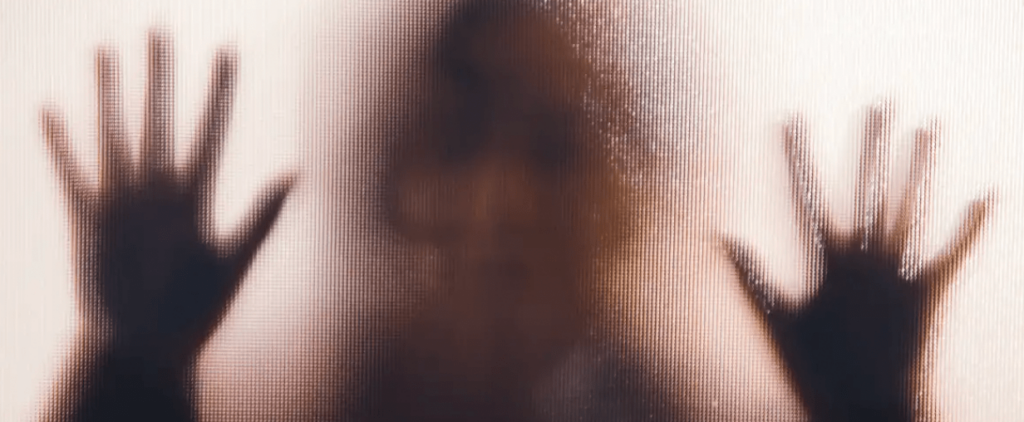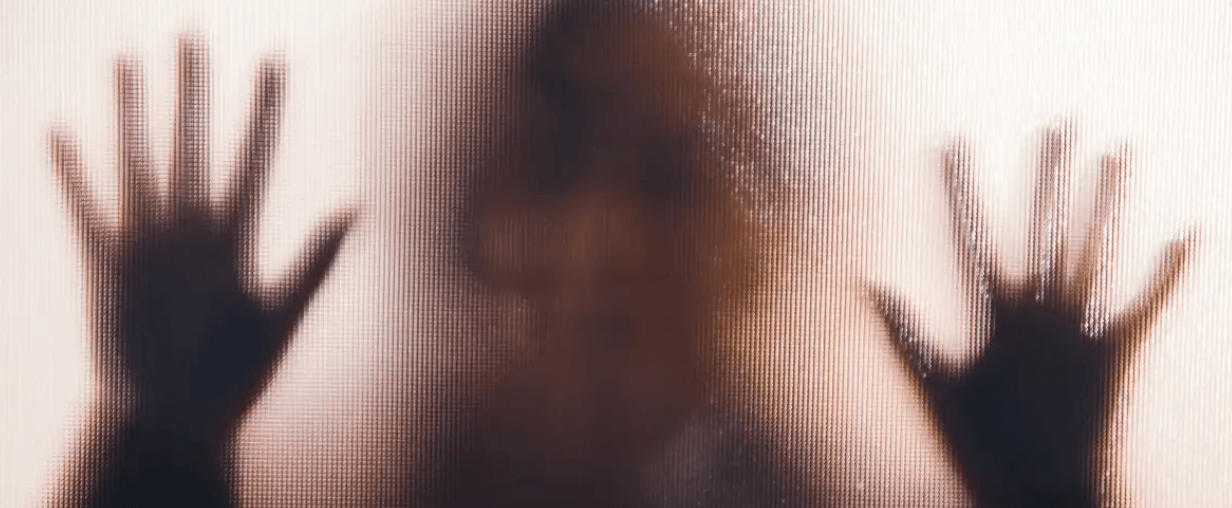The United States is facing a significant and escalating public health issue: male suicide. In 2021, over 38,000 men lost their lives to suicide, marking the highest number and rate of deaths in the past two decades. Men are four times more likely to die by suicide compared to women.
While female mental health struggles have gained significant attention as a societal concern, male suicide has somewhat been overshadowed. Gallup survey data released on Wednesday reveals that 37 percent of women have been diagnosed with depression at some point in their lives, whereas the corresponding figure for men is 20 percent, and both rates are on the rise.
Interestingly, women tend to make more suicide attempts, whereas men are more prone to fatal outcomes. This discrepancy can be attributed primarily to the availability of firearms. While firearms are used in only 5 percent of suicide attempts, they account for over half of all suicide deaths. The use of firearms greatly increases the likelihood of a successful suicide attempt when compared to other methods such as pills or self-inflicted cuts.
A 2008 study examining suicidal ideation in 17 countries suggests that the United States leads the developed world in suicide attempts.
Many individuals who attempt suicide experience inner conflict and uncertainty. Unfortunately, the presence of a firearm can often make the decision final and irreversible. Elly Stout, a suicide prevention specialist at the nonprofit Education Development Center, explains that even in the moment when someone has resolved to make an attempt, there is often a lingering ambivalence. In cases where someone consumes a quantity of pills, for example, there may be a window of opportunity to reconsider the decision.
Federal data from 2015 to 2020 reveals that 122,178 men died by firearm suicide, compared to 19,297 women. These deaths resulted in a collective loss of approximately 2.5 million years of human life. The second most common method of suicide during that period was suffocation, which claimed the lives of 59,382 men and 17,088 women. Suffocation typically refers to death by hanging or by obstructing the air supply.

Drug poisoning, the third most prevalent method, was more common among women (16,678 deaths) than men (12,641 deaths). It is worth noting that the rise in male suicides correlates with the increase in gun ownership in the United States. Between 2020 and 2022, the nation acquired nearly 60 million firearms, largely driven by heightened anxiety and panic-buying during the COVID-19 pandemic.
The years 2020 and 2021 witnessed the highest number of gun violence deaths in the United States ever recorded, with a majority of those deaths attributed to suicide. Mitch Prinstein, the John Van Seters Distinguished Professor of Psychology and Neuroscience at the University of North Carolina, highlights the strong correlation between suicide rates and the presence of firearms.
Among different age and gender groups, elderly men have the highest suicide rate. In 2021, men over the age of 75 had a suicide rate of 42.2 per 100,000 Americans, surpassing all other age groups for both men and women. Julie Cerel, a suicide researcher at the University of Kentucky, suggests that societal perceptions of masculinity play a role in this phenomenon. Elderly men may face feelings of worthlessness if they are no longer in their prime or unable to fulfill traditional roles, such as being a provider or experiencing the loss of a spouse.
Interestingly, suicide rates among elderly men have remained relatively stable over the past two decades. However, the rise in suicides among the younger population is a growing concern. Between 2001 and 2021, the suicide rate for boys and young men aged 15-24 increased by nearly 50%, from 16.5 to 23.8 per 100,000 people. In the same timeframe, the suicide rate for girls and young women in the same age group more than doubled to 6.1 per 100,000. This alarming trend highlights the urgency of addressing mental health and suicide prevention among the youth.

The rate of suicide among girls aged 10-14, which was almost unheard of two decades ago, increased to 2.3 per 100,000 individuals in 2021. Additionally, girls and women are increasingly resorting to self-inflicted gunshot wounds, contrary to previous beliefs that women would avoid methods that altered their appearance. Julie Cerel, a suicide researcher, highlights the shift in patterns regarding firearm usage among women.
The easy accessibility of firearms is a significant factor contributing to the higher prevalence of suicide among men. However, there are additional societal factors tied to the concept of American masculinity. While girls are encouraged to openly discuss their mental health and seek therapy for depression, boys are often discouraged from doing so. Traditional gender norms have stigmatized discussions of mental health for males, treating them as signs of weakness.
Julie Cerel emphasizes that boys and men have not been socialized to openly address mental health concerns, as society expects them to be strong, independent, and self-reliant without needing assistance. Federal data indicates that women are twice as likely as men to seek mental health treatment, further highlighting the disparity in seeking help based on gender.

The increasing vulnerability of young people to suicide can be attributed to several factors, one of which is a diminishing sense of belonging. In recent years, the feeling of connection and community has been eroding. Men, in particular, have encountered challenges in forming friendships and meaningful relationships.
Nadine Kaslow, a professor in the Department of Psychiatry and Behavioral Sciences at the Emory University School of Medicine, points out that the sense of connectedness within communities has declined. In the past, neighborhoods were characterized by everyone knowing each other, but that has changed, resulting in feelings of isolation and loneliness.
Interestingly, despite the widespread collective ennui during the pandemic, suicide rates actually decreased in 2020. This can be attributed to the fact that people were mostly staying at home and had more contact with their immediate family members. Julie Cerel highlights that suicide rates tend to be lower during holidays and summer breaks when people are typically closer to one another. On the other hand, rates tend to rise in the spring and summer when individuals are more likely to be away from their social circles and engage with the outside world.
These insights suggest the importance of fostering a sense of belonging and connectedness, particularly among young people, to combat the rising rates of suicide. Encouraging strong community ties, meaningful relationships, and open dialogue about mental health can play a vital role in addressing this issue.
The connection between solitude and suicide is strong, as individuals often choose to end their lives in places where they won’t be easily found by loved ones. This choice is influenced by a desire to spare loved ones from the trauma of discovering them and from potential intervention attempts.
Julie Cerel’s research challenges the notion that only a few individuals are affected by a suicide death. Contrary to the long-held belief that each suicide leaves about six people behind, Cerel’s findings indicate that the number is closer to 135. This vast network of friends and loved ones who are impacted by the loss may require mental health support to cope with the aftermath. Unfortunately, the tragic nature of suicide can also contribute to a higher risk of suicide among those who have been affected by it. The loss of someone to suicide can trigger suicidality in individuals who had not previously contemplated it.

The role of social media in relation to suicide is complex and somewhat ambiguous. While there have been reports suggesting a link between platforms like TikTok and Instagram and worsening mental health, researchers also recognize the potential benefits of these platforms. Social media can serve as a means of connecting individuals, providing support, and disseminating mental health resources. It is crucial to continue studying and understanding the impact of social media on mental health while harnessing its potential for positive influence.
According to Julie Cerel, social media can be a valuable platform for marginalized individuals to seek help and find online social support, especially when they lack such support in their immediate surroundings. It serves as a means for connecting people and accessing mental health resources.
Experts in the field of suicide prevention emphasize the urgent need for significant investment in mental health in the United States. They propose that all individuals would benefit from an annual mental health checkup in addition to the standard physical checkup. However, the concept of a mental health checkup is not widely practiced, partly due to enduring stigmas surrounding mental health.
The availability of mental health professionals is a significant concern, as psychotherapists are often in high demand and spread thin. The funding allocated for training mental health providers is significantly less compared to the resources invested in training medical professionals, creating an imbalance in the healthcare system.
Addressing these challenges requires a concerted effort to combat mental health stigmas, prioritize mental health resources and services, and bridge the gap between the demand for mental health support and the availability of qualified providers. Investing in mental health on a systemic level is crucial for improving the overall well-being and resilience of the population.
In rural areas of the United States, accessing mental health services can be particularly challenging. It is not uncommon for rural Americans to have to travel long distances, often an hour’s drive or more, to reach the nearest therapist or mental health provider. This lack of accessibility to mental health services in rural areas is a stark contrast to the availability of medical services, where the importance of proximity and easy access is better recognized.
Nadine Kaslow acknowledges the limited access to mental health resources in rural communities, emphasizing that there is a significant gap between the level of access needed and the level currently available. The geographical barriers and limited availability of mental health providers in rural areas hinder individuals from receiving timely and necessary mental health support.
Addressing this issue requires innovative approaches to expand mental health services in rural communities. Telehealth and online counseling can play a crucial role in bridging the gap by providing remote access to mental health professionals. Additionally, efforts should be made to improve the recruitment and retention of mental health providers in rural areas, as well as increase funding and resources to support mental health services in underserved regions.





